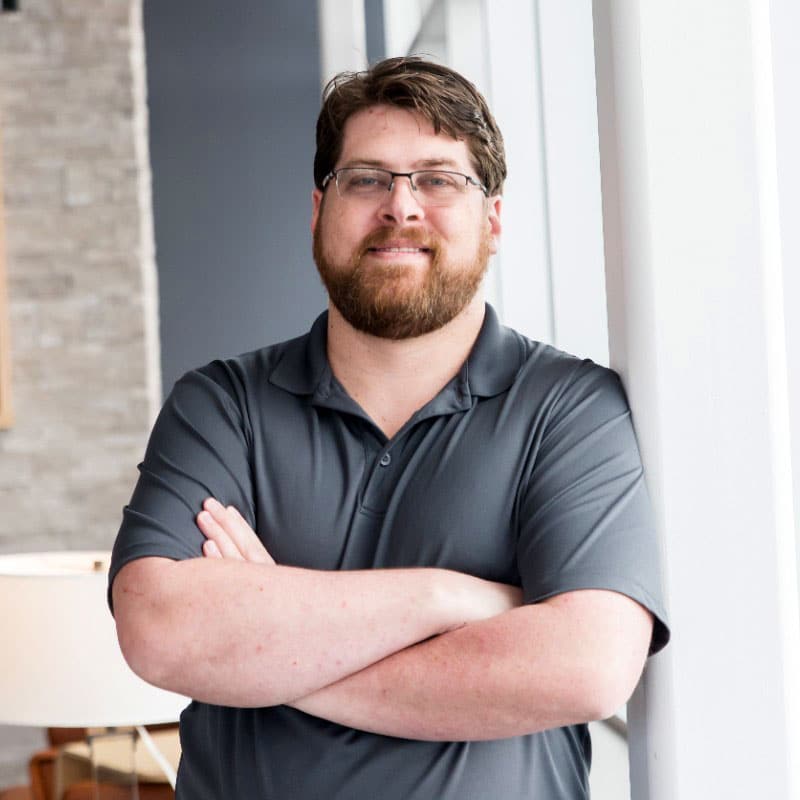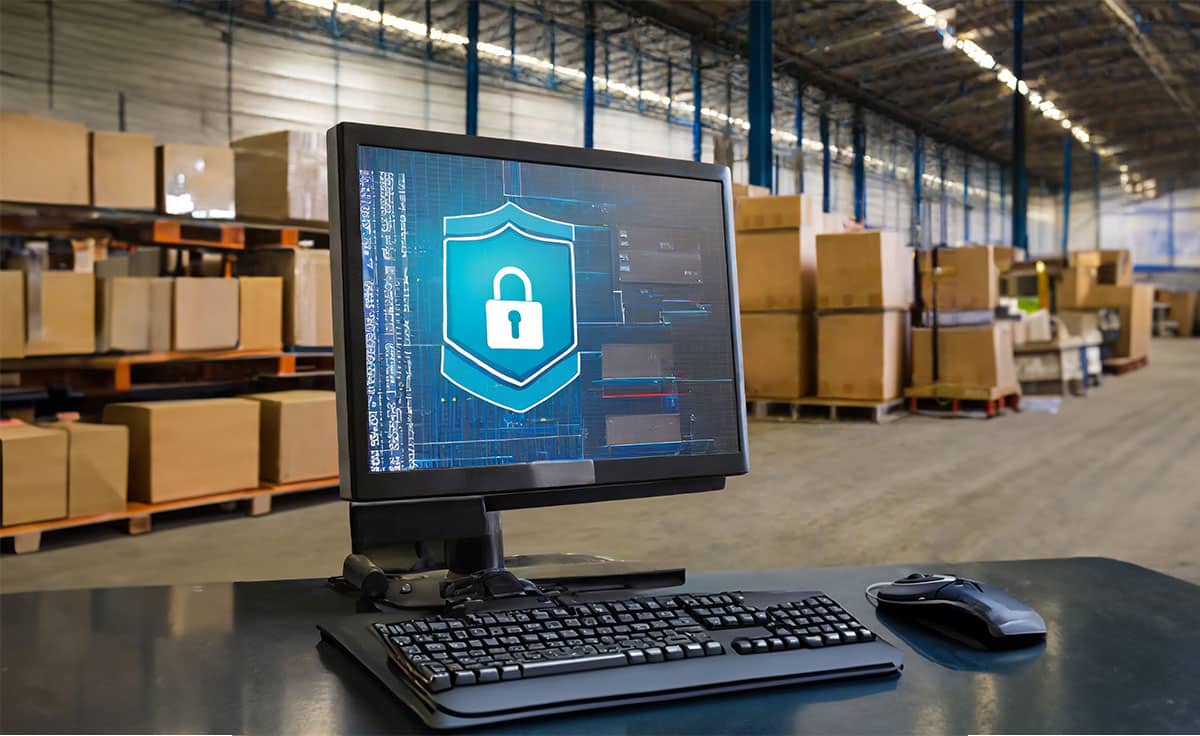 By Ben Smeland, Senior Software Engineer, Lucas Systems
By Ben Smeland, Senior Software Engineer, Lucas Systems
In our first post on the use of gamification as an employee attraction and retention tool, we shared a short definition and dove a little deeper on two of the three pillars of gamification, personal pride and socialization. In this post, we’ll look at the third pillar, competition and offer a couple real world examples of its use in the warehouse and DC environment.
Competition is pretty simple and is the most widely known type of gamification. A talent lms study found that 89% of employees felt that when a specific task was gamified, they felt competitive and eager to complete it. Leaderboards on any manner of metric are an easy example of competitive gamification. Many organizations use these to enhance transparency and encourage a little friendly rivalry. The previously mentioned personal best metric could also let you know you are currently the 3rd fastest picker for the day, for the week, or for the past hour. Or it could let you know you just set a company record for the month. These simple numbers can provide motivation to workers who might like to “win.” Extending these competitive measures to the team environment can also enhance, teamwork, collaboration and the overall team environment.
One Lucas client who serves restaurants and food service companies in the New York
tri-state area, utilizes a unique performance scoreboard featuring a picture of Yankee Stadium, where one of their customers operates. This scoreboard is used as a strategy to motivate order selectors to improve order picking accuracy by relating different ranges of achievement to different baseball feats (single, double, triple, home runs, etc.). Additionally, each month an individual order selector is given a “Golden Glove Award.”
In another example, one Lucas partner has held family picnics that include truck and forklift “rodeos,” as well as voice picking races, where employees competed to demonstrate their skills using Lucas mobile applications featuring Jennifer, the brains, orchestration engine and voice of the solution.
The organization set up two picking lines with identical tasks, timing all of the participants. They hooked up the user’s mobile computer to a wireless transmitter and patched the audio in to the PA system so that spectators could hear the racer’s dialogue with Jennifer. The competition also featured an accuracy component, assessing a penalty for every error.
Including a level of reward into the gamification is always key as it is a basic foundational element in driving motivation for human beings. But, be careful in this regard. Don’t just focus on external incentives like payments and prizes, but also include inherent rewards such as recognition, personal achievement, status and just plain old fun.
A final word of caution when it comes to the subject of gamification. It is best to make any type of gamification you initiate voluntary, or else it could have the opposite outcome, with workers feeling they are being coerced into participating in “forced fun.” Also, it needs to be only one part of a more robust and responsive employee engagement program. Any implementation of a gamification initiative should have the input and support of the broader employee base.
Current video games include things like driving rigs cross-county, cleaning, cooking and even power-washing. Somehow, people have made things that most of us consider chores or terribly boring into games. So why not take a little of that spirit and ACTUALLY apply it to something, like work in the warehouse? You hit a milestone for the day, have a big screen pop up an achievement! The team sets a goal – show the pickers racing to the goal as they get things done. These little elements could make all the difference between a picker choosing to work at one warehouse vs. another, or even another industry entirely. When looking to attract, engage and retain workers in today’s environment, any small edge can help.

Ben Smeland
Ben serves as a Senior Software Developer with Lucas Systems, leveraging more than 19 years of software development experience to challenge and innovate against software architectures in order to promote clarity, performance and sustainability.
With experience as a full-stack developer, software architect, and project manager, Ben has served in almost every capacity in the software industry, engaging with internal teams and customers to bring inventive, sustainable solutions to complicated business problems
Having earned a Bachelor of Science degree in Computer Science, as well as Master of Science in Computer Information Technology, Ben excels at critical, out-of-the box thinking and solving complexity through simplicity.
Connect with Ben Smeland.
About Lucas Systems, Inc.
Lucas Systems helps companies transform their distribution center operations and continuously adapt to changing market dynamics. We dramatically increase worker productivity, operational agility, and customer satisfaction.
Our solutions are built on 24-plus years of deep process expertise and smart software using AI and voice technologies. Our solutions feature Jennifer™, the brain, voice, and orchestration engine that drives performance improvement gains. Make the smartest moves at the lowest cost with Jennifer™. For more information, visit www.lucasware.com.





